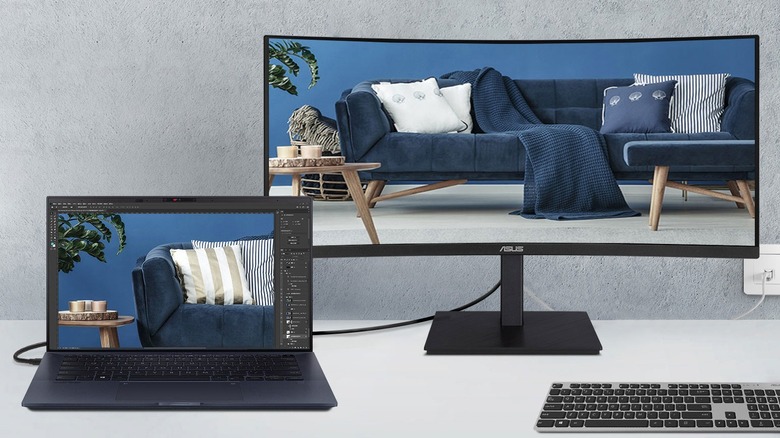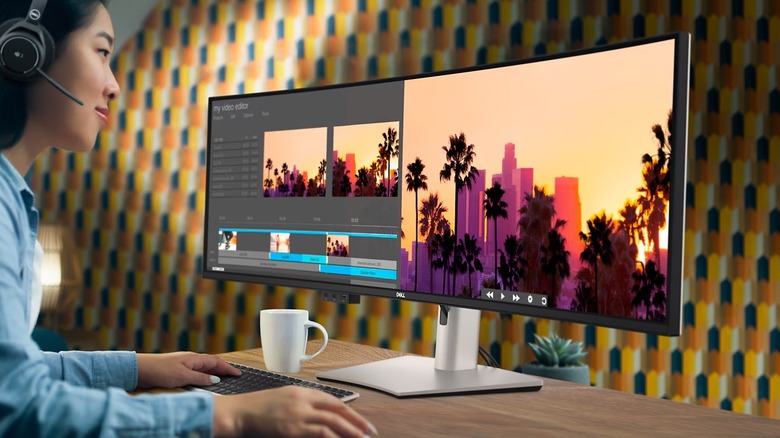
Not all monitors are created equal. They come in different display specifications that match every need. For casual use, you could get away with just the standard 16:9 monitors. They’re just right for when you need a screen larger than your laptop that can still easily fit in your cramped workstation. But if you often multitask, design graphics, or edit spreadsheets and feel that 16:9 is too cramped, then that’s a clear sign to upgrade your computer monitor. In that case, an ultra-wide or super-widescreen monitor might just be what you need.
At first, you might think that the ultra-wide and super-widescreen are just a minor distinction in monitor naming, but they’re actually very different from each other. What sets these two monitor types apart is the aspect ratio. An ultra-wide monitor has a 21:9 aspect ratio, usually with resolutions like 2560×1080 and 3440×1440. A super-widescreen monitor, on the other hand, offers an aspect ratio of 32:9, with common resolutions being 3840×1080 and 5120×1440.
>>>L500EPS-01 Charger for Dell XPS 8950 Optiplex 7000
The benefits of ultra-wide and super-widescreen monitors

Compared to standard 16:9 monitors, the typical ultra-wide monitor offers an extra 35% of screen real estate. This means you will be able to fit three windows side-by-side, as opposed to just two with a 16:9 screen. With the wider view, ultra-wide monitors are particularly handy in applications like multitasking, 3D image creation, and even medical image analysis.
Meanwhile, a super-widescreen monitor is wide enough to replace a dual-monitor setup with two 16:9 screens, helping you work comfortably without the awkward thick bezel in the middle and complicated cable management. If you don’t like using the entire screen for just one application, you can readily open two windows without needing to resize them. Each will feel like it’s on its own full HD screen, making it seem as if you’re really working on two separate monitors. Application-wise, gamers especially enjoy using a super-widescreen as it gives them a more panoramic view of the setting. But super-widescreen monitors are great anywhere you’d normally use two 16:9 screens.
>>>G06YG Battery for Dell Precision 5470
Many major PC monitor brands like ASUS, Dell, and Samsung offer both ultra-wide and super-widescreen monitors, although the former is more common. You’ll typically have limited options for the super-widescreen variant.